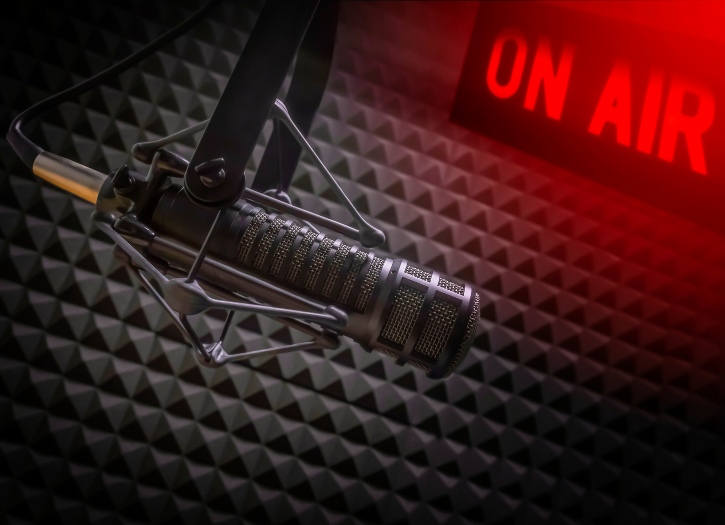As digital media has exploded, many people have begun to opt into podcasts. Yet, this upcoming platform does not replace the importance of radio broadcasting in our lives. This article will examine how and why radio lives on in this podcast-driven age.
Accessibility and Convenience
Radio remains unmatched in accessibility, and with radio broadcast software available through mobile apps, engaging content becomes essential in a highly competitive auditory space. Unlike podcasts, which often require specific apps or subscriptions, radio is easily accessible on various devices without extra costs. Whether in the car, at home, or on the go, listeners can tune in effortlessly to their favorite stations, making it a timeless and convenient medium for reaching audiences everywhere.
Real-Time Content
Podcasts cannot match the real-time coverage of live broadcasts. Whether breaking news or live sports events, radio has an instant update, keeping listeners updated as an event develops. The immediacy of the format guarantees audiences stay up-to-date and connected with the latest, firmly placing radio as a provider of instant and relevant information.
Local Connection
Since radio stations are typically local, listeners listen to more local content, leading to better community development. Radio stations lead with regional-focused news, events, and music, with a place for regional artists and voices. Podcasts tend to be much broader, so all those details in the local culture may be challenging to achieve for podcasts. By catering to specific communities, radio remains a traditional medium.
Diverse Content
Radio covers every kind of programming imaginable. Be it talk shows, music, news, or entertainment, there is something for everyone. This variety allows listeners to choose and listen to the content that fits them best. Radio can also open listeners to new music and concepts, expanding their horizons and creating a more rewarding listening experience.
Engaging Hosts
Radio hosts serve to keep the listener’s attention. Each host brings unique personalities, humor, and conversational techniques, creating an engaging environment that promotes active listening. While podcasts may sound more scripted than radio, radio hosts’ spontaneity engages listeners and makes them feel like they can participate. It creates a community, a bond between the speaker and listener in a very human way, which makes radio irreplaceable.
Tradition and Nostalgia
Radio is a thing of nostalgia for many, bringing back memories of better places and times. This aspect can create an emotional bond that draws listeners back to the medium for more. Despite the rapid changes in the media landscape, radio remains cherished with its comforting and engaging voices and traditional formats.
Adaptability and Innovation
Radio has shown an ability to adapt well to innovation and technology dating back to the past. While some stations have gone online, only others stream their content, allowing anyone with an internet connection to listen in real-time, no matter where. Radio has re-emerged and retained relevance in a digital era unlike any human history because it embraced digital platforms and the digital world.
Community Engagement
Radio is hands-on when connecting with the community and participating in local events. Stations also help build awareness in the community by working with local organizations. This engagement enhances radio’s connection with listeners, thus validating radio as a community-based medium. This support for local causes makes radio an influential and trusted societal voice.
Economic Impact
Radio is also essential to the economy, providing jobs and generating ad dollars. Despite the advent of digital media, radio advertisement still plays a vital role in the more significant segment of businesses. As one of the few mediums that can touch a wide variety of demographics, it springs itself as an allured platform for advertisers, which keeps it going through the commercial cuisine.
Conclusion
Despite the popularity of podcasts today, radio broadcasting still holds relevance due to its accessibility, timely content, and strong community connections. The versatility, varied programming, and colorful hosts help keep it afloat. Despite the proliferation of digital media, radio continues to find fresh ways to engage with listeners and remains a thriving platform. Radio broadcasting successfully blends traditional and modern elements, seamlessly adapting to new platforms and maintaining relevance with a listening experience that has outlasted nearly all other forms of media.







Add Comment